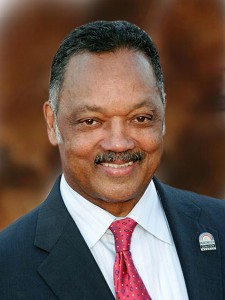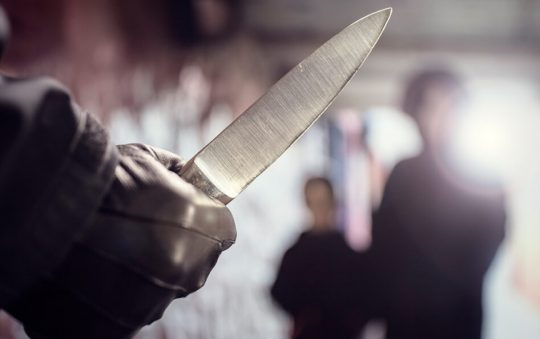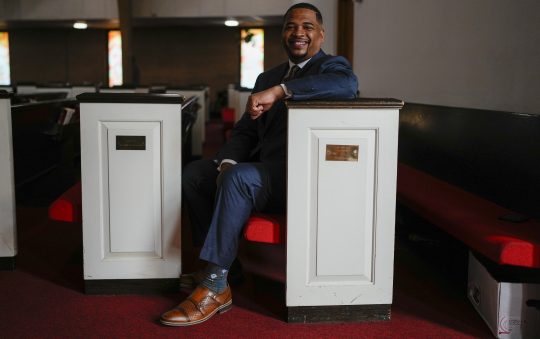America may now have more guns than people.
As President Barack Obama announces new executive action on gun control, U.S. gun manufacturing is a growth industry, almost doubling since the beginning of Obama Administration (5.6 million in 2009; 10.9 million in 2013). From 2001 to 2013, according to a Centers of Disease Control and Prevention report, 406,496 Americans were killed with firearms on U.S. soil. In contrast, the number of U.S. citizens killed by terrorists at home or abroad over the same years number 3,380. Chicago suffered a spike in gun homicides in 2015 with 470 homicides and 2,939 shooting victims, the worst of all U.S. cities.
Studies show a clear correlation: the more guns, the more homicides and the more people shot. Cities are racked by gun violence, yet gun ownership is much more prevalent in rural areas, as vividly displayed by the Bundy bunch that occupied an Oregon wildlife refuge over the weekend.
According to a General Social Survey report, gun ownership is declining. About 35 percent of adults were estimated to live in a household with a firearm in 2014, down from over half in the early 1980s. As hunting has declined in the country, so has gun ownership. Gun ownership is higher among whites than among blacks or Hispanics, higher among men than women. Gun ownership rises with income. It is higher among those earning more than $90,000 a year than among those earning less than $25,000. It is highest in the South Central U.S. and lowest in the Northeast and Pacific regions.
Now weapons designed for the purpose of mass killing in war are available for purchase at gun shows, online and at many gun stores. These weapons are powerful enough to stop trains or strafe planes that are landing or taking off. These are tools for terrorists, easily available for sale in America.
Obama has already delivered 15 national statements after shocking incidents of gun violence. Yet no national reforms have been passed — or even gotten much consideration. After the Charleston massacre, the Economist magazine compared mass shooting in the U.S. with the grotesque air pollution in China: a horrible health hazard which the country appears incapable of addressing.
Gun control doesn’t cost much. America has another abiding challenge — the explosive catastrophe of urban poverty — that also goes unmet. The City Observatory, an urban policy think tank in Portland, Ore., reports that the number of high-poverty urban neighborhoods in the nation’s 51 largest cities tripled — to 3,100 — between 1970 and 2010. The number of poor persons living in those areas doubled over those years. The poor are more isolated and concentrated than ever. African-Americans and Hispanics suffer the highest rates of poverty — and are the most isolated into separate and unequal neighborhoods. Twenty percent of U.S. children lived in poverty by end of 2013; poverty among African-American children was nearly twice that (38 percent).
To deal with our impoverished neighborhoods, it isn’t enough to get rid of the guns. The public squalor of our inner cities has to be addressed: schools modernized, affordable housing built, mass transit supplied, available jobs created. Dealing with entrenched poverty costs real money, but less than we spend on the police, jails, drugs, alcoholism, and chronic illness — the dysfunction that comes from poverty.
Today’s politicians don’t want to spend political capital on guns or fiscal capital on poverty. They’d rather pay more on the back end from failing to act than risk the up-front political and economic costs of dealing with the problems. So the war on guns is lost; the war on poverty abandoned. And the hopes of millions are dashed by that failure. In the circus of the current presidential campaign, these are two fundamental challenges that ought to be at the center of our debate.








